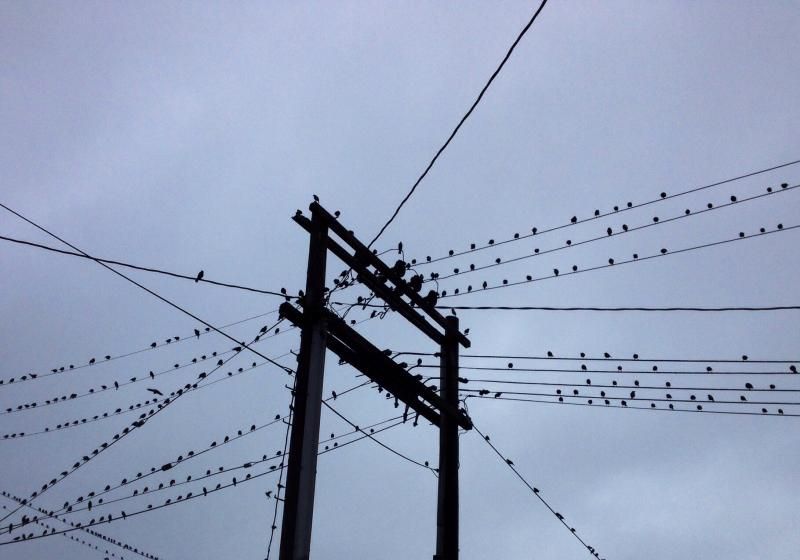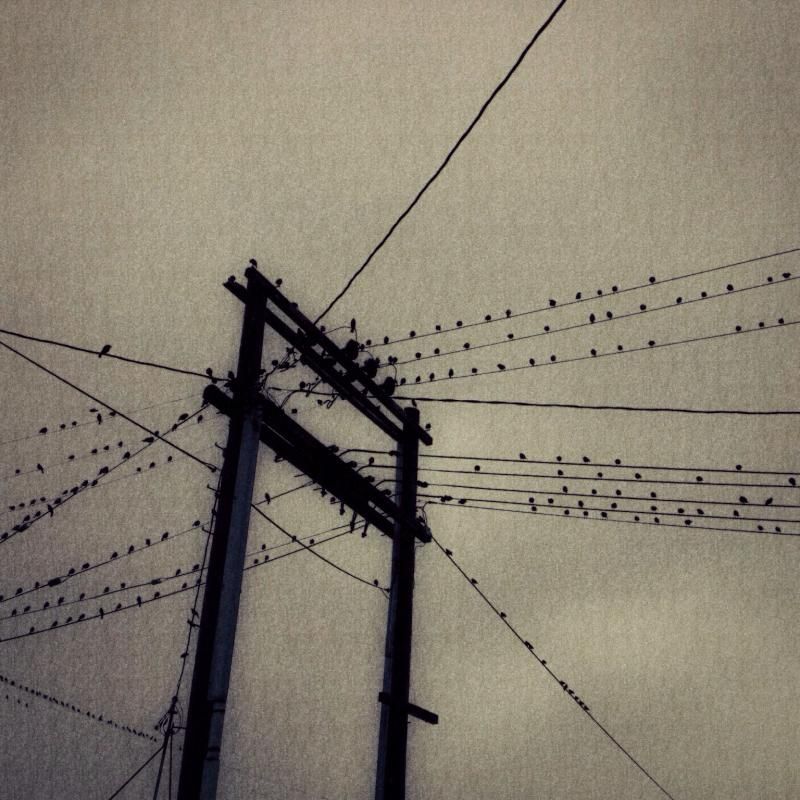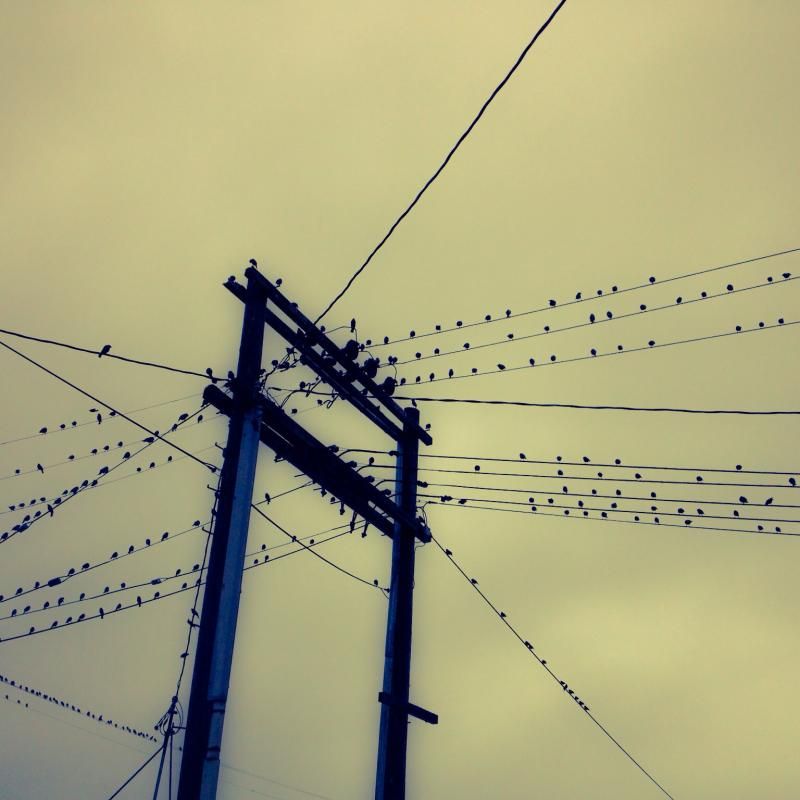Photography
Related: About this forum"Post-processing is allowed but limited to traditional print photography."
What do most people in this group take that to mean?
ManiacJoe
(10,136 posts)"Post-processing is allowed but limited to traditional newsprint photography."
In that vein, you are allowed to adjust brightness, contrast, saturation, sharpness, etc., to make the photo accurately reflect what the photographer saw.
If they truly mean "what can be done in the darkroom for prints", then they obviously have forgotten the great results of darkroom manipulation by folks like Ansel Adams.
ohheckyeah
(9,314 posts)Lots of things can be done in the darkroom. You can stack photos, dodge, burn, lay textures over the print, etc. etc.
I just wanted to clarify what most people find acceptable before I post the submission thread.
Personally, I don't mind most post processing to produce the most aesthetic image possible.
We had a discussion in another thread about removing a distracting object from a photo - something that I wouldn't find very feasible in print photography, but I think should be allowed in submissions here.
ManiacJoe
(10,136 posts)are usually not about the actual post-processing, but about the misrepresentation of how much was done.
Photographs exist on a sliding scale from "photo as documentation" to "photo as art" to "art that started off as a photo". Each position along the scale has an expected amount (or limit) of post-processing. The common problem is when the photographer has a photo that he claims is at the documentation level while it is really closer to the art level due to cloning out objects, compositing, and the like. When news photographers misclaim their photos, they often lose their jobs; and the act becomes news itself.
ohheckyeah
(9,314 posts)is a different animal in my mind. If a photo is post processed as to be deceptive for some monetary gain then I'm against it. If the goal is to make a pleasing image and not to be deceptive then I have no problem with it.
I typically don't do a whole lot of post processing except for the typical stuff. I've done some actual HDR by combining photos taken at different exposures and it was okay. I don't like the HDR that can be done with software most of the time- for me it's too extreme.
NV Whino
(20,886 posts)And I agree with you about overdone HDR.
ohheckyeah
(9,314 posts)an HDR preset is used, the photographer should adjust the settings to make it more natural and believable, but if you're going to do that why not just adjust the settings yourself to begin with?
ManiacJoe
(10,136 posts)Last edited Tue Jul 8, 2014, 05:21 PM - Edit history (1)
There the standard is "brightness, contrast, saturation, sharpness, etc. to make the photo match what the photographer saw at that time". HDR is way out; so are cloning out objects and making composites.
> If a photo is post processed as to be deceptive for some monetary gain then I'm against it.
That kind of processing moves the photo into the "art" category regardless of the intended gain. Most folks don't have a problem with that as long as the artist is accurately representing his work as art and "not documentation".
ohheckyeah
(9,314 posts)by "as long as the artist is accurately representing his work as art and "not documentation".
What I mean is how does one accomplish that designation?
What I meant by monetary gain is for example changing a photo of a piece of property for sale to add something desirable or remove something undesirable.
ManiacJoe
(10,136 posts)at the time of submission for use as certain uses dictate certain designations. Newsprint photos are always "documentation". Photos of objects for sale are also always "documentation" (except for general marketing photos, which usually contain all the "art" disclaimers in small print). Everything else usually defaults to "art" even if it really is "documentation" due to the lack of post-processing.
> changing a photo of a piece of property for sale to add something
> desirable or remove something undesirable
Those type of photos are always documentation and such any changes at that level due to post-processing would be a misrepresentation.
My original interpretation of "monetary gain" was editing the photo to sell the copies of photo.
ohheckyeah
(9,314 posts)makes sense. Thanks for the clarification.
ManiacJoe
(10,136 posts)in the July contest announcement, I now understand the context for this thread. ![]()
Most folks entering the DU contests would usually take it to mean "nothing beyond newsprint editing levels" as that is what it normally means here at DU. To that end, often times the contest host will be more explicit in what he wants by being more verbose about that is and is not allowed, just to get around such ambiguities.
Playing devil's advocate, where does a black-n-white conversion fall into the documentation-art scale?
ohheckyeah
(9,314 posts)and am of the opinion that black-n-white conversion should be allowed in documentation as it can be accomplished by taking a photo with black and white film or a black and white setting in the camera itself. I think color is often not of great importance in a lot of documentation photography, but of course that depends on what you are photographing. Of course, in the past all documentation photography was black and white. Color film wasn't widely available and widely used until about 1935 and black and white was still popular for quite awhile after that.
My disclaimer is that I'm a lover of black and white photography and were it as popular as color photography I would still do most of my photos in black and white, so my opinion is admittedly biased.
I have to admit, you made me think and admit my own bias. ![]()
I should have explained the context for this post - I didn't think of that.
![]()
Stevenmarc
(4,483 posts)Anything you could have pulled off in a traditional darkroom.
ManiacJoe
(10,136 posts)Anything *I* could do in a darkroom.
or
Anything that can be done in a darkroom by those who know what they are doing.
Two very different answers. ![]()
Usually folks using that phrase are not expecting manipulation at the level Ansel Adams was accustomed to using.
![]()
Stevenmarc
(4,483 posts)So I probably wouldn't edit past Lightroom since I can dodge and burn, correct exposure and contrast and a couple other things that I would have done and still do on occasion in the darkroom.
ManiacJoe
(10,136 posts)as long as you stay away from the healing and cloning brushes.
![]()
ohheckyeah
(9,314 posts)I took three semesters of photography in college and much of what we were taught was manipulating black and white photos in the darkroom. We used filters, dodging and burning, even special effect overlays such as a canvas looking overlay. There isn't much you can't do in the darkroom if you are taught. I don't claim to be able to have done anything even remotely reaching the Ansel Adams level....LOL. He was, IMO, the master of B&W photography. But, we got a great overview of what COULD be done with enough time, patience, and experience.
But, by taking those classes (all of which was B&W photography) my view of darkroom possibilities is different from those who didn't, which is why I wanted to ask everyone's opinion.
ohheckyeah
(9,314 posts)and HDR can and has been done in the darkroom. It's difficult as you have to stack three or more negatives precisely in the negative holder for the enlarger.
Using the negative stacking technique along with filters (such as a high contrast filter) used in the enlarger combined with dodging and burning in effect produce HDR minus the sharpening that you can do digitally.
There is much I want to think about and research about HDR.
Mz Pip
(27,451 posts)I've always wondered about the limitations on processing for contests. I have an anything goes attitude when it comes to art and like pushing the envelope on creative processing.
Here are 3 examples of 1 digital photo. So what would be allowed in this contest?
This one is straight out of the camera, just using auto correct and some contrast adjustment.

This one has a texture added along with some filter adjustments.

This one has color filters added.

Are the latter 2 images that can be reproduced in a darkroom? I really have no idea since I haven't been in a darkroom in decades and never did color processing.
ohheckyeah
(9,314 posts)most people don't do their own developing and printing of color film. I've had a number of photo printer places change the tint on my photos (not at my request) and took them back to have the tint changed back to the way it should have been, so yes, the tint can be changed drastically in the darkroom. I don't claim to know exactly how that's done on color film, but I know it can be done.
I've done texture on photos in the darkroom on B&W film and the tone of the sky in B&W can definitely be changed drastically depending on filters used both on the camera and on the enlarger.
Other members may feel differently and it would be good to get other opinions. I don't want to force acceptance of anything on the group - I realize opinions vary greatly, but if we use the term "Post-processing is allowed but limited to traditional print photography" it's good to know what everyone believes that to mean.
Digital photography has drastically changed traditional photography and it took me awhile to get beyond being a purist and embracing the changes. When it comes to B&W photography I definitely appreciate the dodging and burning capabilities of digital programs compared to the hours of standing on my feet in the darkroom doing the same thing. The only thing I really miss now about the darkroom is watching the "magic" of a print slowly appearing on the paper in the developer tray.
Thank you for posting the examples.
jmowreader
(50,560 posts)Both are essentially B&W images. A little hand-coloring on the bottom one and you're golden.
I think it would be harder to do the bottom one on color paper than on very high-contrast B&W.
jmowreader
(50,560 posts)Acceptable: Taking a picture of George W. Bush standing in front of the painting of his feet, sharpening it, toning down the reflection on the painting, and killing the color cast.
Unacceptable: Taking the same picture, replacing Shrub's head with a chimpanzee's, adding a Hitler mustache, horns and tail, changing the painting to Marine Private Jonathan Lee Gifford (the first American combatant to die in Operation Iraqi Liberation), hanging a few Hitler watercolors and Thomas Kinkade oils on the wall, replacing the background with a frame of the flood of blood from The Shining...yes, I know the picture would be greatly improved if you did all that shit, but you still shouldn't.
ohheckyeah
(9,314 posts)awe, you're no fun.
![]()
jmowreader
(50,560 posts)"Best altered George W. Bush photo. Bush must be recognizable as himself in it."
ohheckyeah
(9,314 posts)It would definitely be different.
Mira
(22,380 posts)I can't say more than that right now -but you gave me my big chuckle for today and I thank you